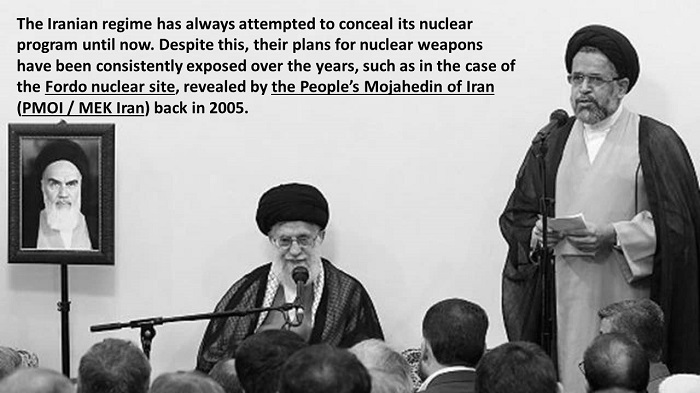
According to the latest study from the International Atomic Energy Agency, Iran’s nuclear enrichment has increased to a new peak of 63 percent. The National Council of Resistance of Iran (NCRI), and the People’s Mujahedin of Iran (PMOI / MEK Iran), reported that the rise was due to “fluctuations,” but neither the UN nuclear agency nor the Iranian regime provided any further clarification.
The undisclosed and ostensibly spontaneous increase should raise even more doubts about whether previous restrictions on Iran’s nuclear activities succeeded in extending the country’s “breakout time” for nuclear weapons production.
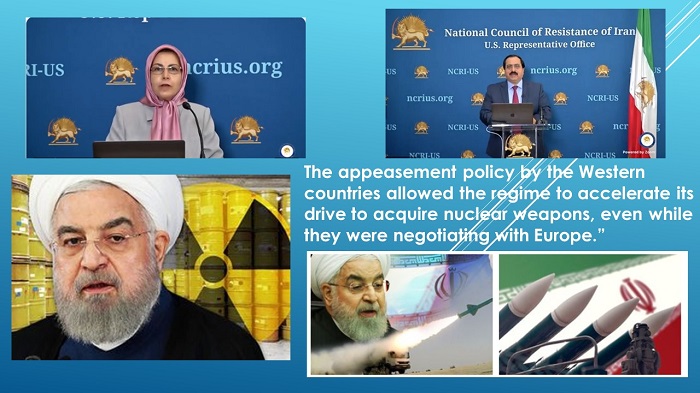
For instance, opponents of the Joint Comprehensive Plan of Action have been raising some concerns since it was signed in 2015. Limitations on the IAEA’s access to suspicious sites in Iran were a source of particular concern, as was the widespread belief that the agreement recognised the Iranian regime’s stance that it has an intrinsic right to some degree of nuclear enrichment.
In January 2019, Ali Akbar Salehi, the head of Iran’s Atomic Energy Organization, acknowledged this fact, just two months after the last of the US sanctions were re-imposed.
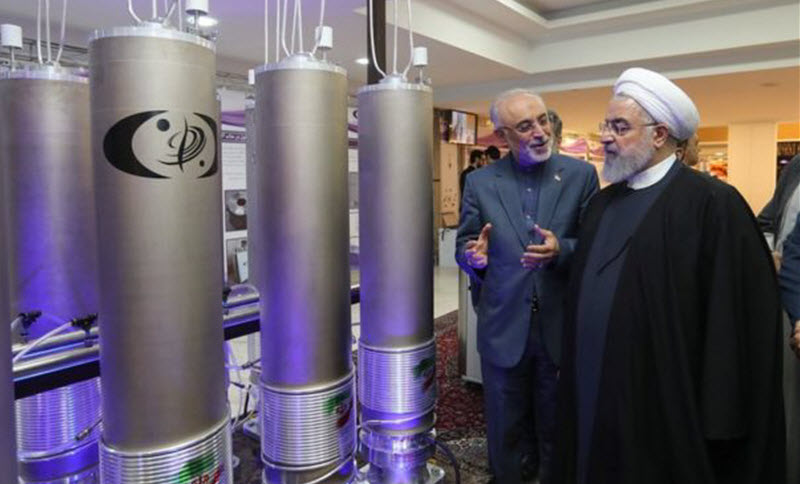
Despite the fact that the nuclear negotiations agreed that the Arak heavy water facility’s centre was to be deactivated and filled with cement, Salehi boasted in an interview with state media at the time that the facility remained fully operational.
The regime got around this requirement, according to Salehi, by acquiring duplicate tubing that was similar to the tubing that led into the facility’s centre and providing faked images to the IAEA after pouring cement through the decoy device.
By the time Salehi went public with his deceit, the consequences had already been seen by a number of foreign analysts, including those who had previously been sceptical of the JCPOA’s value and efficacy.
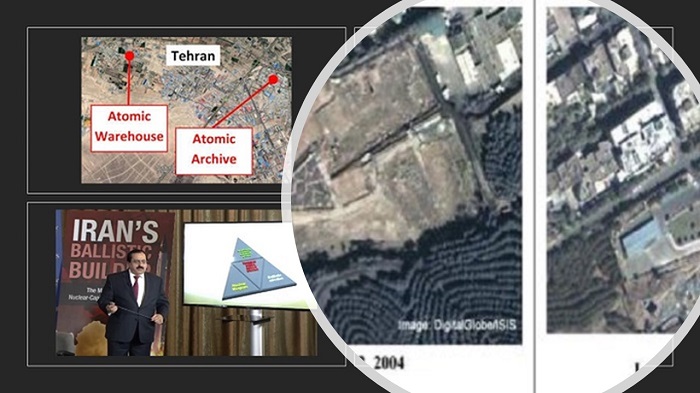
The prompt fulfilment of a threat to resume enriching uranium to 20% – the high point for that operation prior to the start of nuclear negotiations – was one of Tehran’s systemic and ostensibly retaliatory breaches of that agreement. According to the regime’s supporters, this happened much faster than should have been possible. The only rational point to be made from this disparity is that the JCPOA regulations were insufficient to effectively prolong the Iranian regime’s breakout period.
Within this context, rather than attempting to return the JCPOA, the international community should understand that Iran’s progress toward nuclear weapons development can only be stopped if the regime is subjected to both tougher demands and stronger compliance mechanisms. Unfortunately, it seems that the majority of the participants in the current Vienna talks are unwilling to continue on this basis.
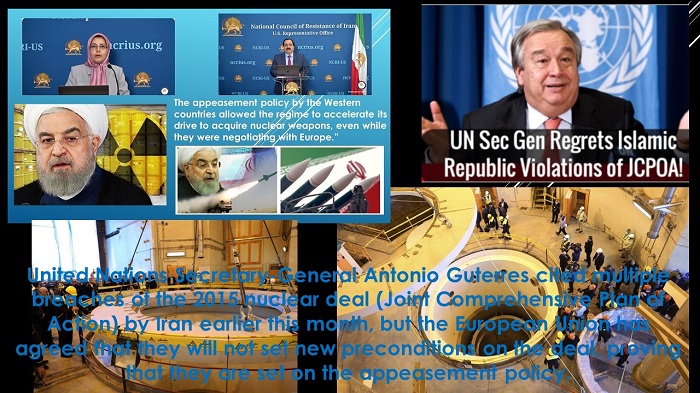
The regime has indicated specifically that it would not revisit the conditions of the deal, even going so far as to suggest that it would not restore compliance with the current terms until the United States restores all sanctions relief that was terminated by the Trump’s administration.
It would be catastrophic for Western negotiators to assume that the only response is to give in to Iran’s ultimatum and return to a status quo that enabled Iran to restart, if not surpass its previous nuclear accomplishments.
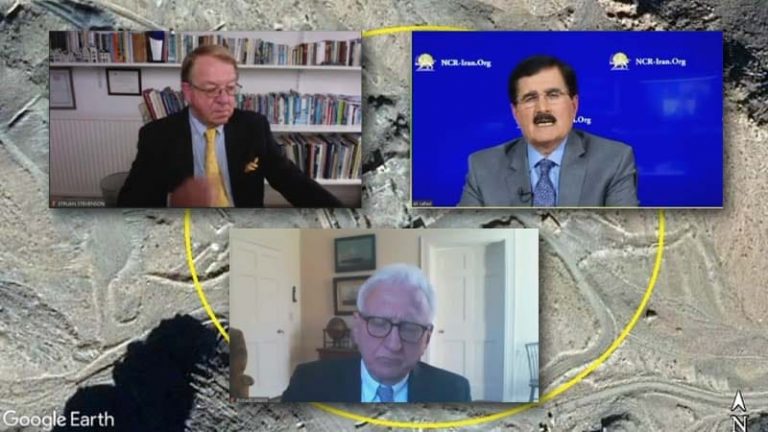
MEK Iran (follow us on Twitter and Facebook)
and People’s Mojahedin Organization of Iran – MEK IRAN – YouTube







